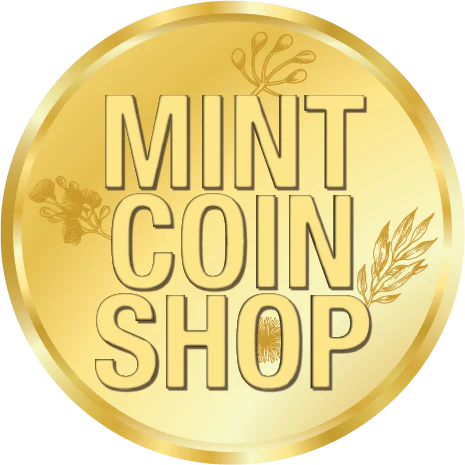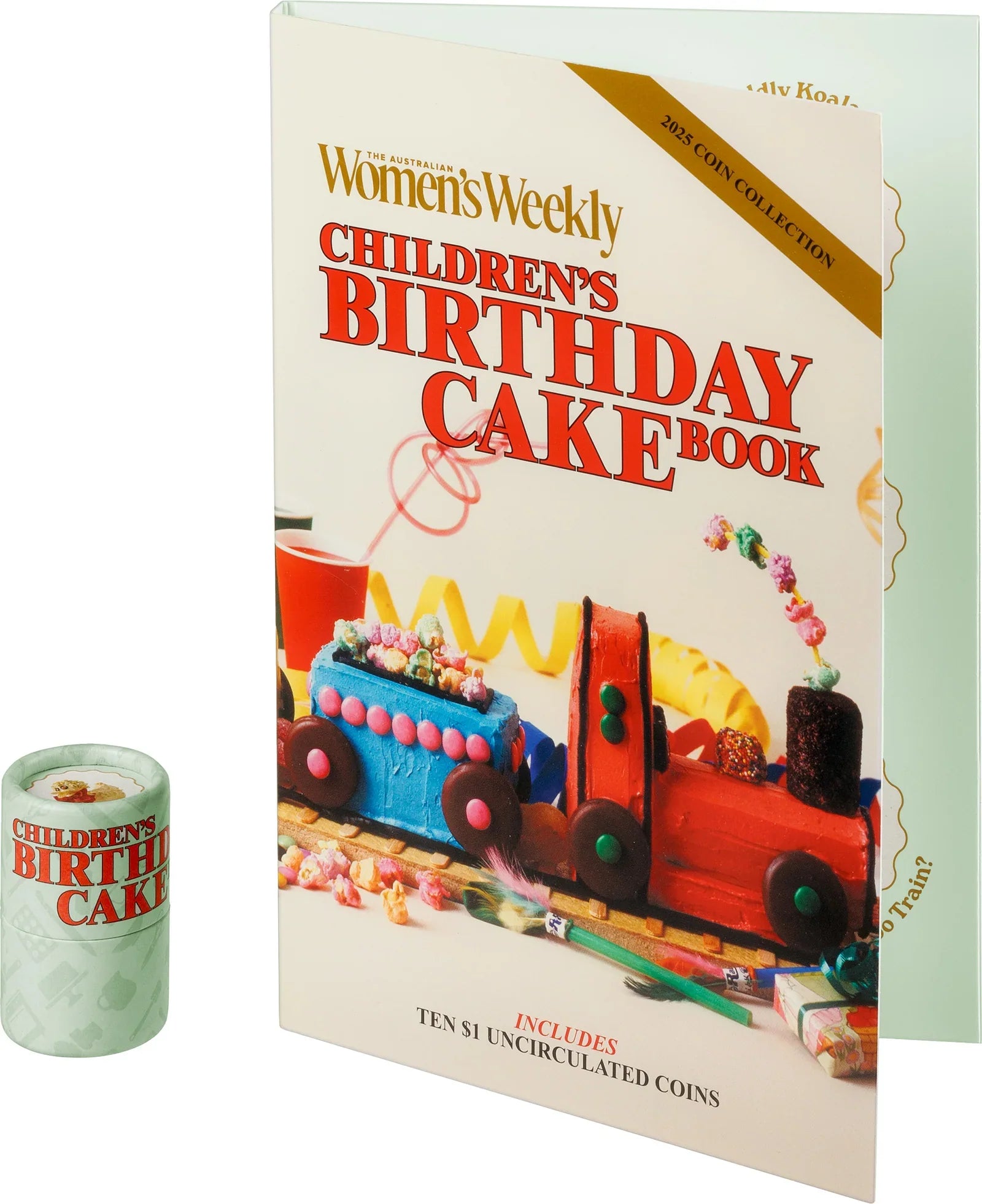Advice on how to care for your coin collection for the first time collector
Here is our advice for the first time coin collector on how to properly care for your coin collection.
1. Handling Your Coins Safely
The biggest threat to a coin's surface is human contact. The natural oils, dirt, and salts on your fingers can etch permanent marks, often called fingerprints, into the metal, which can significantly diminish a coin's value.
-
Gloves: Always use soft, lint-free cotton or nitrile gloves when handling your coins, particularly uncirculated or high-grade specimens.
-
Hold by the edge: Only ever hold a coin by its rim using your thumb and forefinger. Never touch the faces (obverse or reverse) of the coin.
-
Soft surface: Work over a clean, soft surface, such as a towel or felt mat. If you accidentally drop a coin, this will help protect it from nicks or scratches.
-
One at a time: Take out one coin at a time to prevent them from rubbing or knocking against each other, which can cause damage to the surface.
2. Cleaning
When in doubt, do not clean your coins.
-
Patina and Toning: Natural discolouration and surface layer that forms over time (known as 'patina' or 'toning') is often desirable to collectors and can contribute to a coin's value. Cleaning can remove the original surface and a coin look unnatural and reducing its value.
-
Chemicals and Abrasion: Never use abrasive materials, metal polishes, or harsh chemical cleaners. These will invariably scratch the surface (even if not visible to the naked eye) and can irreparably damage the coin's detail.
-
When might you clean? If a common coin is soiled with surface dirt, a gentle rinse in lukewarm distilled water, followed by a soft, lint-free pat-dry, is the absolute limit. For valuable coins, consult a professional conservator.
3. Choosing Appropriate Storage
Good storage protects your coins from the environment and physical damage.
-
Avoid Harmful Materials: Be aware of storage materials that contain Polyvinyl Chloride (PVC). This chemical, often found in soft, flexible plastic pages or flips, can degrade over time and leach onto the coin, leaving a residue (PVC damage) that is difficult to remove.
-
Safe Materials: Choose archival-safe holders made from inert plastics like Mylar, polyester, polyethylene, or polypropylene. Popular options include:
-
2x2 Cardboard Holders: Economical and suitable for most coins. They are typically stapled shut, Make sure staples are pressed flat to avoid scratching adjacent coins.
-
Hard Plastic Capsules (Slabs): Provide the best airtight, rigid protection for individual, valuable coins.
Coin Albums: Ensure the pages are labelled as 'archival-safe' or 'PVC-free'.
-
-
Individual Storage: Every coin should be stored individually in its own holder to prevent them from contacting each other.
<
4. Environmental Considerations
Where you keep your collection is just as important as how you store it.
-
Cool and Dry: Store your collection in a location with a stable, cool, and dry temperature, away from direct sunlight.
-
Avoid Hazards: Steer clear of areas prone to moisture or exposure to any as these can emit gases that damage metals.
This advice is offered to help you maintain your coin collection in good condition.
Happy collecting and be sure to ask us any questions: orders@mintcoinshop.com.au.


